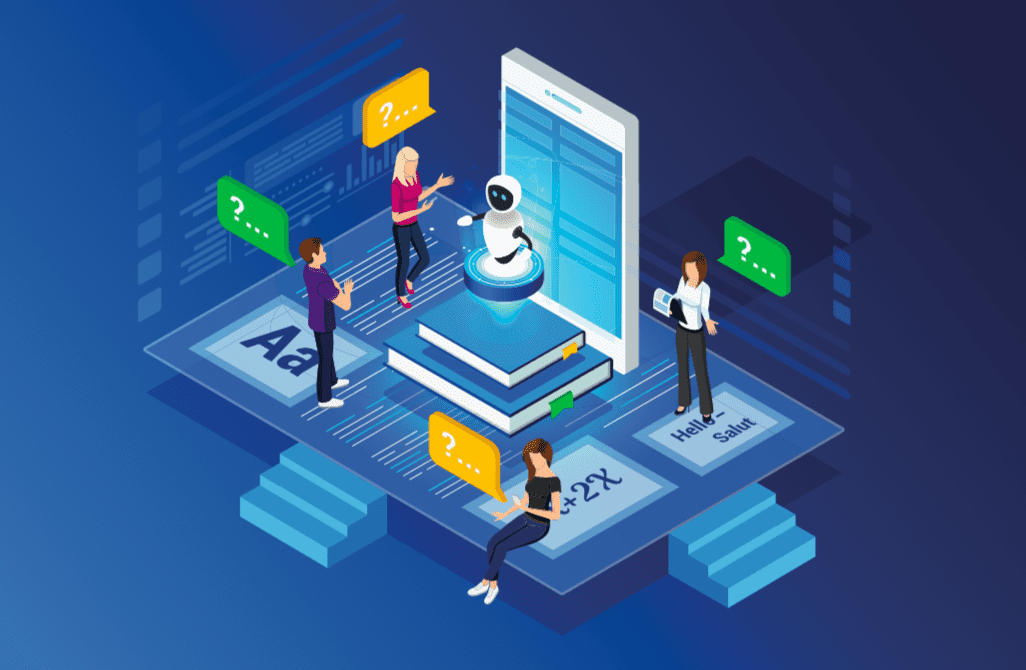Avoid these risks in computer vision training data generation!

There are two companies which are independently working on creating a computer vision model for representation in a competition. They have limited time to complete the projects. Company A created their computer vision model, they acquired the data, took help from a data training platform and then, moved on to further processes. They made sure that they evaluate the performance of their model and mitigate all the risks in the data generation process while Company B was in a hurry and they didn’t even evaluate the data, just fastened their processes.
At the time of final evaluation, it came out that the model of Company B was inaccurate, ineffective and inefficient as well. But Company A who took all the precautions won the competition with complete effectiveness. So, it is highly important to take care of all the factors involved in the data generation process. Let’s first take a look at some of the risks involved in the training data process.
What risks are involved in the training data process for machine learning project?

1. Low-quality data
The context of the tasks that a machine learning model completes cannot be understood by it. Its operation depends on training data provided by humans. This problem is frequently referred to as "trash in, rubbish out." Errors in the data, anomalies (such as a quantity with a drastically different quantity from other quantities, which can distort averages), and unstructured and semi - structured that cannot be properly read by the model (also known as "noise") are examples of so-called "dirty data."
2. Overfitting
When a model is overfitted, the training data is so well matched to the model that there is little variation for the algorithms to learn from. This means that when testing on actual data, it won't be able to generalize.
3. Distorted data
Data that is biassed indicates that human prejudices may seep into the datasets and skew the results. For instance, the well-known selfie maker FaceApp was unintentionally taught to make faces "hotter" by whitening the skin tone due to being given a significantly greater quantity of images of people with different skin tones. If equality and diversity aren't considered in your original training data, the testing result is likely to reflect prejudices.
Various other risks
Many firms have additional issues when putting machine learning technology into practice, in addition to algorithmic issues brought on by insufficient training sets. These may consist of:
1. Lack of planning and expertise
Anytime you introduce new technology, there will inevitably be a learning curve. But one of the major hazards associated with machine learning is the user's experience—or lack thereof. The largest obstacles to the implementation of machine learning, according to a study of more than 2,000 professionals from a variety of industries, were a lack of a defined plan (43%), followed by a shortage of talent with the necessary skill sets (42%). Without a plan or the necessary expertise, you'll be wasting time and money on a strategy that might not work or that might work but could harm your company.
2. Flaws in the security
Your firm may develop security risks if an obsolete data source is used in your model because it will provide inadequate intelligence.
3. Regulatory obstacles
Your team might not be able to convince regulators of the validity of decisions if they don't fully comprehend how an algorithm arrived at them.
4. Risk to third parties
An improperly governed machine learning solution by one of your third-party vendors could result in a data breach.
Some data training approaches that can help you get the best results

In-house
Within an organization, specialists perform in-house data labeling, which guarantees the best possible level of labeling. When you have sufficient time, human, and financial resources, it's the best option because it offers the highest level of labeling accuracy. On the other hand, it moves slowly. For sectors like finance or healthcare, high-quality labeling is essential, and it frequently necessitates meetings with specialists in related professions.
Outsourcing
For building a team to manage a project beyond a predetermined time frame, outsourcing is a smart choice. You can direct candidates to your project by promoting it on job boards or your business's social media pages. Following that, the testing and interviewing procedure will guarantee that only people with the required skill set join your labeling team.
This is a fantastic approach to assembling a temporary workforce, but it also necessitates some planning and coordination because your new employees might need the training to be proficient at their new roles and carry them out according to your specifications.
Crowdsourcing
The method of gathering annotated data with the aid of a sizable number of independent contractors enrolled at the crowdsourcing platform is known as crowdsourcing.
The datasets that have been annotated are primarily made up of unimportant information like pictures of flora, animals, and the surroundings. Therefore, platforms with a large number of enrolled data annotators are frequently used to crowdsource the work of annotating a basic dataset.
Synthetic
The synthesis or generation of fresh data with the properties required for your project is known as synthetic labeling. Generative adversarial networks are one technique for synthetic labeling (GANs). A GAN integrates various neural networks (a discriminator and a generator) that compete to discriminate between real and false data and produce fake data, respectively.
As a result, the new facts are very realistic. You can generate brand-new data from already existing datasets using GANs and other synthetic labeling techniques. They are hence good at creating high-quality data and are time-effective. Synthetic labelling techniques, however, currently demand a lot of computational power, which can render them quite expensive.
Want to know more on data training and how you can manage it effectively:Here’s how you can-Read our blog!
What will be the right strategy for you to implement data training?
Depending on your company's demands, you can select the strategy that best meets those objectives. The data labeling procedure, however, operates in the following chronological order.
Collection of Data
Data is the cornerstone of every machine learning endeavor. The first step in data labeling consists of gathering the appropriate amount of raw information in different formats. Data gathering can take one of two forms: either it comes from internal sources that the business has been using, or it comes from publicly accessible external sources.
Since it is in a raw state, this data needs to be cleaned and processed before the dataset labels are made. The model is then trained using this preprocessed and cleaned data. The results will be more accurate the more comprehensive and varied the data is.
The Annotated Data
After the data has been cleansed, experts go through it and apply labels using different data labeling techniques. The model has the relevant context connected, allowing it to be used as actual truth. The goal variables, such as photos, are those that you would like the model to forecast.
Quality Control
The reliability, accuracy, and consistency of the data are crucial for the success of training ML models. There must be routine QA checks in place to guarantee these precise and correct data labeling. The correctness of these labels can be assessed by using QA techniques such as the Consensus and Cronbach's alpha test. The correctness of the results is considerably improved by routine QA testing.
Model testing and training
Only when the data is validated for accuracy does performing all of the aforementioned stages make sense. The technique will be tested by entering the unstructured data to determine if it produces the desired results.
Need some help from experts, then here we are!
We are a training data platform that offers a smart feedback loop that automates the processes that helps data science teams to simplify the manual mechanisms involved in the AI-ML product lifecycle. We are highly skilled at providing training data for a variety of use cases with various domain authorities. By choosing us, you can reduce the dependency on subject matter experts as we provide advanced technology that helps to fasten processes to generate training data.
To keep yourself updated with the latest information, stay tuned with us!

Simplify Your Data Annotation Workflow With Proven Strategies
Download the Free Guide

